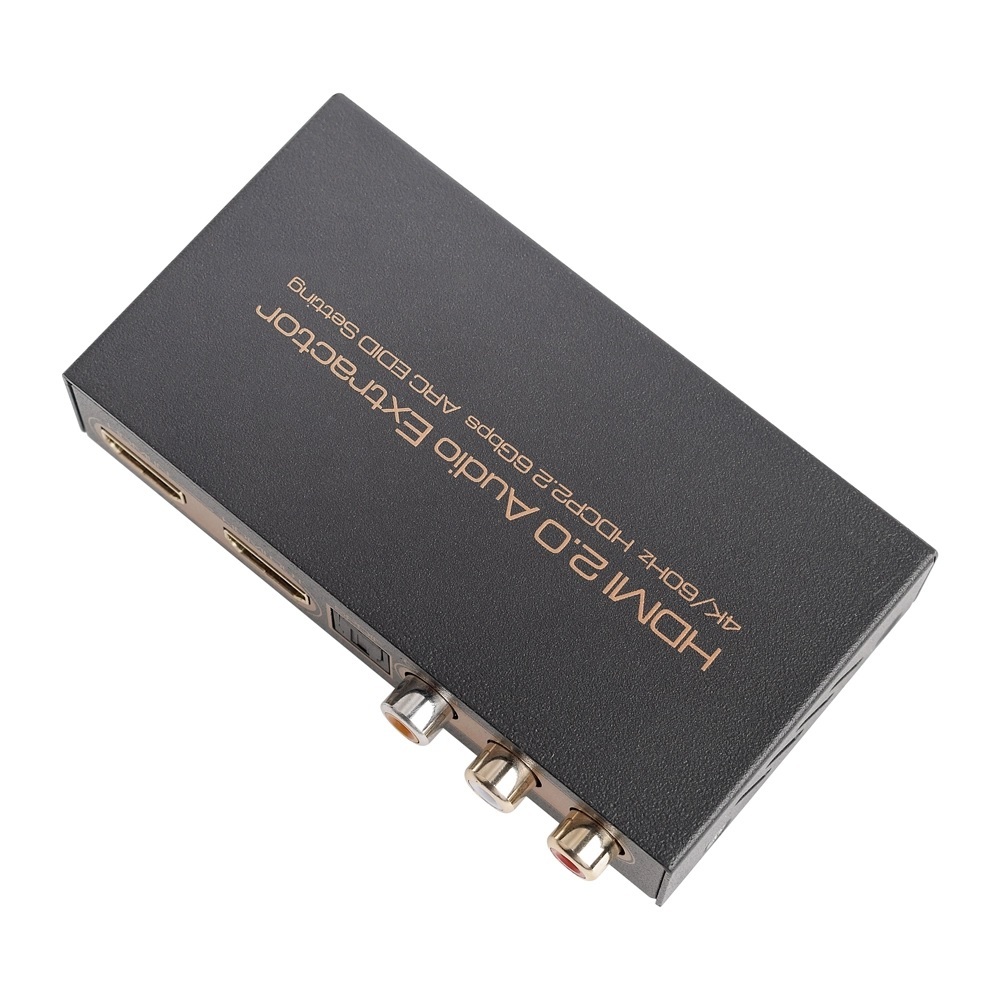thurnishaleygw
Member
I think Cerny said TV speakers were expected to be fully ready at launch too, but I don't remember for sure. It actually makes sense, HRTF-based spatial audio is not exactly easy to apply on speaker systems. It's not just surround, where you mainly direct the sources to the speaker you need to and call it a day, it also has to take into consideration the HRTF calculations so it can be absolutely precise on the delivery from the sources to the speakers, so it's something that takes time to fine tune. While, at the same time, you have to be able to do it in a way where the sweet spot for the listening experience is as large as you can, so the user doesn't have to be on an extremely tight location in relation to the speakers to be able to experience the spatial audio.PS5's 3d audio is headphones only at launch; I don't really understand that myself.
Last edited:









